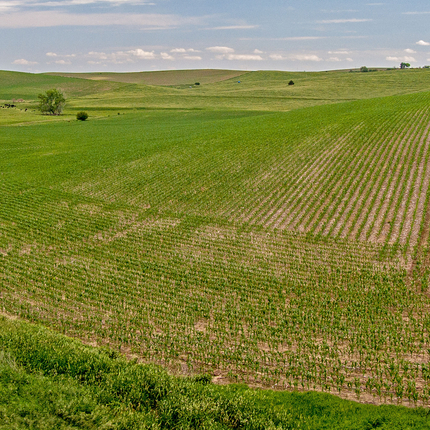By Traci Bruckner, former staff member
During the last farm bill debate we heard Congressional leaders say, farmers don’t get a check, they get a bill for their crop insurance.
While that statement may be true, it’s also true that crop insurance is heavily subsidized, providing unlimited premium subsidies to the nation’s largest and wealthiest farms on every acre, every year, regardless of prices, production or farm profitability.
We created a mock “explanation of benefits” to demonstrate the largess.
In this explanation of benefits (which is based on central Nebraska insurance costs and yield data), if a corn farmer received over $1 million in crop insurance premium subsidies at the 70% coverage level, that would cover roughly 52,000 acres. Is that an effective safety net to eliminate risk for one operation on that many acres?
The recent Government Accountability Office study points to an egregious example where a farmer insured crops in eight counties and received about $1.3 million in premium subsidies.
Let’s be clear, crop insurance is a valuable risk management tool for farmers. Fundamentally, we believe in the government helping family-scale farmers manage risk. But the problem lies in the fact that we are subsidizing the largest operators no matter how big they get. If one entity farmed an entire state, under current law, we all would share in the cost of their crop insurance on every acre.
Not only should there be full transparency to this largess, we think there should be a limit too.





